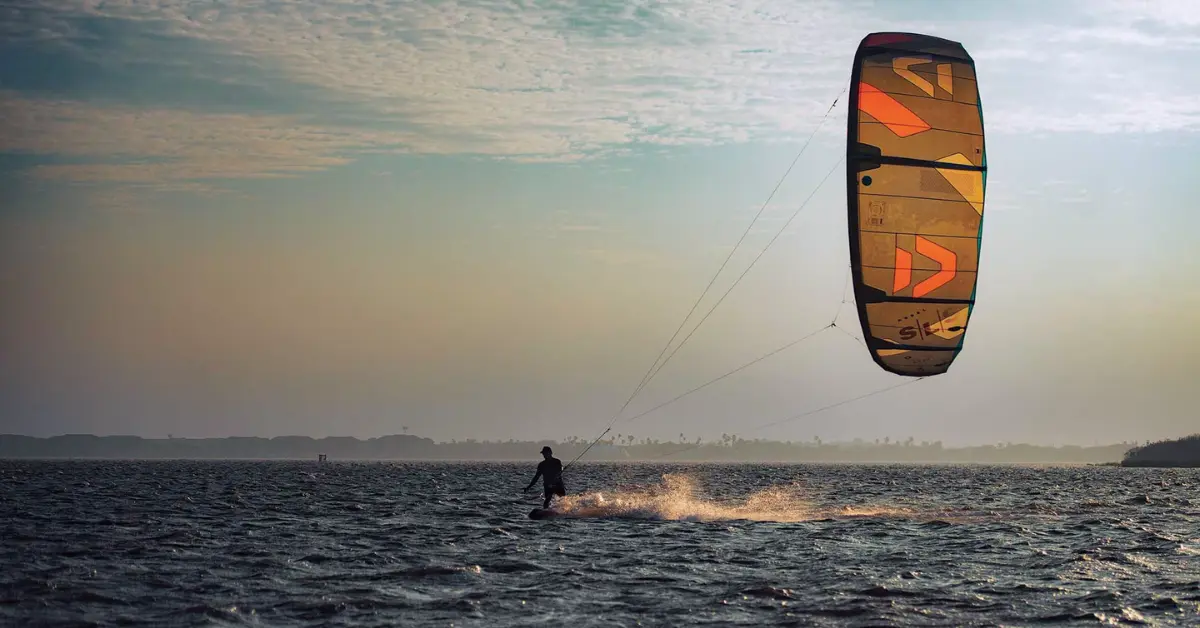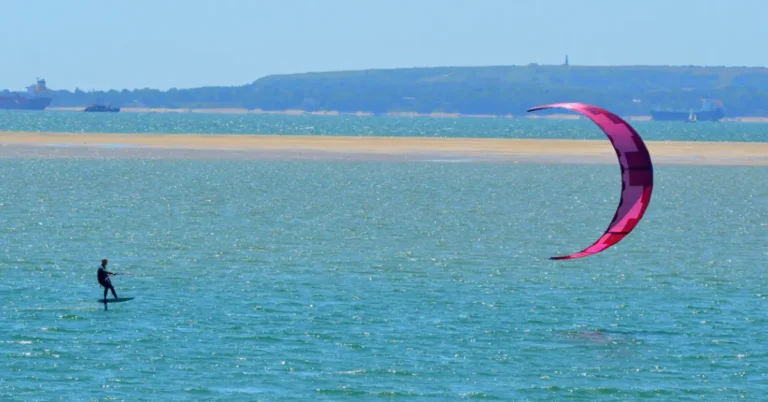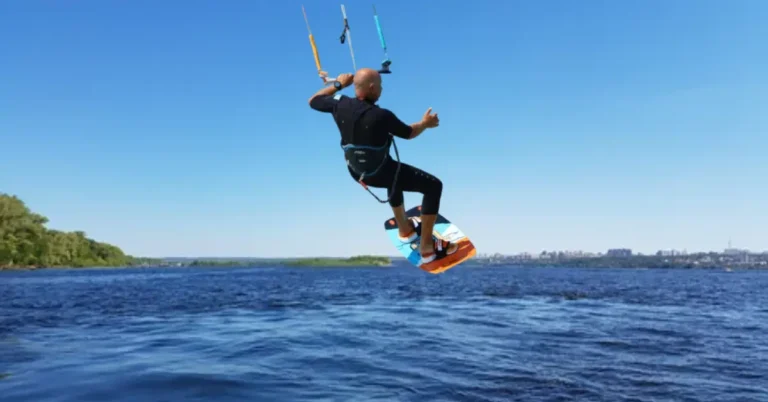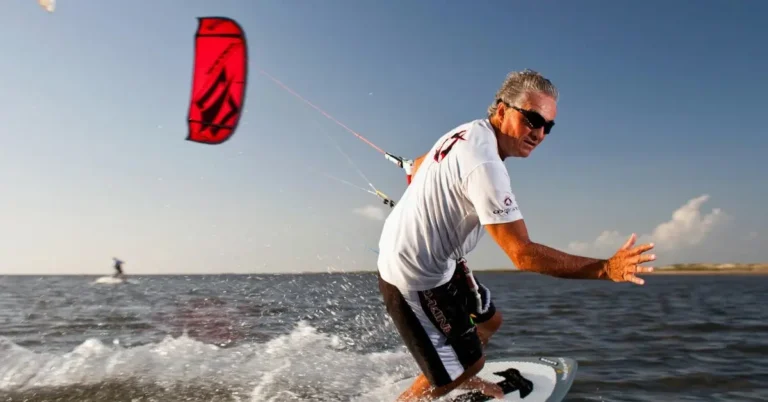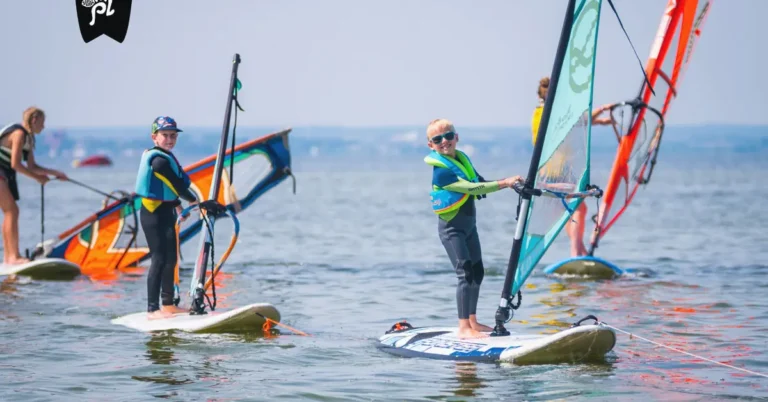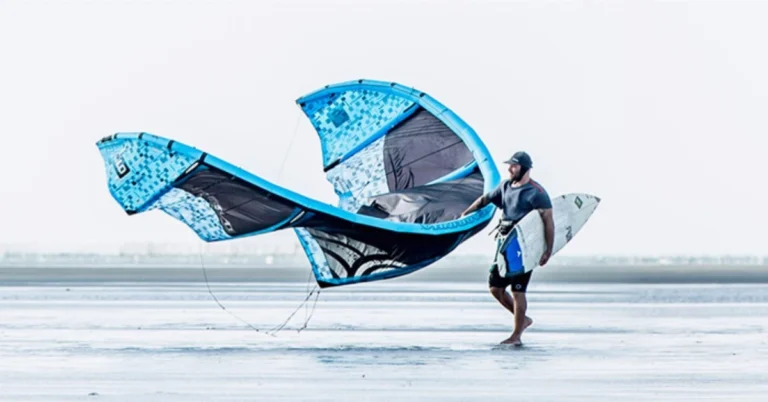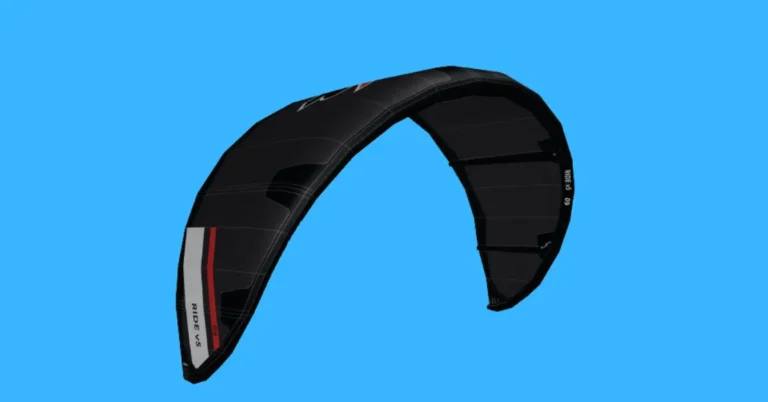How much wind does a kiteboarder need to fly a kite?
Determining the minimum wind speed for kiteboarding is crucial. It relies on factors like average wind speed, kite size, and rider weight. You’ll also need enough wind for water relaunch and getting back to shore.
Check the weather forecast to avoid sudden calm periods or turbulent winds, which can damage your kite. Understanding how kites fly is essential for safe kiteboarding.
Always prioritize safety and ensure you have the right conditions before heading out. Remember, windless days are like flat oceans for surfers – not ideal for kiteboarding adventures.
Also Read: Why Is Kitesurfing Fun
The Magic Number: 12 Knots
Wind Speed and Kite Sizes
Consider that different kite sizes require varying wind speeds to take flight. While larger kites need less wind, they won’t perform well in weak winds. Manufacturers provide wind range tables for their kites, indicating the suitable wind speeds.
It’s essential to check these recommendations for your specific kite model. Additionally, keep in mind that different kite types behave differently in similar wind conditions. Understanding these factors ensures a safe and enjoyable kiteboarding experience.
For instance, a 75-kilogram rider using a typical bow kite with a medium-aspect ratio would have specific wind speed preferences for optimal performance.
| Kite Size (sqm) | Ideal Wind Speed Range (knots) |
| 17 | 8-10.8 |
| 16 | 8.2-11.8 |
| 15 | 8.9-12.4 |
| 14 | 9.8-13.2 |
| 13 | 10.8-14.2 |
| 12 | 12-15.6 |
| 11 | 13.2-17 |
| 10 | 14.8-18.4 |
| 9 | 16.5-20 |
| 8 | 18.2-22 |
| 7 | 20.2-24 |
| 6 | 22.5-26 |
| 5 | 24.8-28.4 |
When is it too windy to head out kiteboarding?
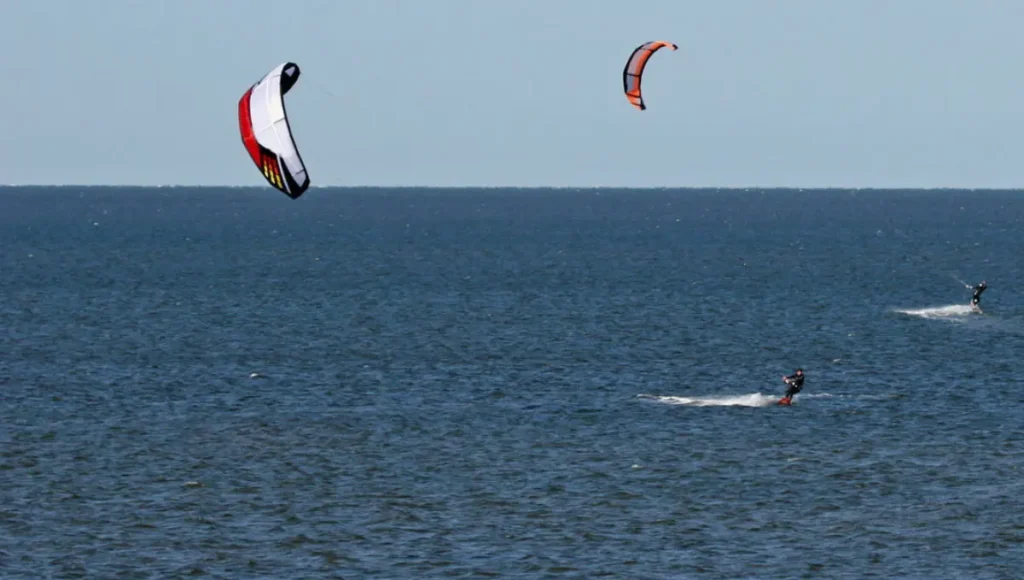
The first part of this question depends on your kiteboarding skills. Experienced riders can handle strong winds, even over 40mph, with small kites. Beginners usually start with 10-12 meter kites, which work well in winds of 12-20 mph.
Kite designs changed a lot in 2006, making it easier to handle higher winds. Skilled riders can handle winds up to low 20mph with these kites. As you improve, you can use smaller kites in winds up to 25-30mph, but remember, things get more intense at higher speeds. Also, be aware that strong winds can create bigger waves, adding another challenge to your ride.
What other things should I consider in deciding if I can go kiteboarding?
Wind direction is crucial for kiteboarding safety. Always aim for side-shore or side-on-shore winds. Offshore winds can blow you out to sea, while direct onshore winds can lead to accidents.
Focus on wind quality too. Steady winds are ideal, especially for beginners. Strong, gusty winds are challenging, especially if you’re new to kiteboarding. Consider the season as well. In colder months, air density increases, requiring less wind to ride.
For waves, stick to flat water or small waves under 2 feet if you’re a beginner. Side-onshore winds are best for new riders, offering easy outbound and inbound riding with minimal wave action.
What conditions should I avoid while kiteboarding?
Be vigilant during severe weather like thunderstorms and gusty winds, as they pose risks to kiteboarders. Lightning can strike from afar, and your kite is the highest object in the sky. For new riders, understanding wind direction is crucial. If you can’t ride upwind easily, avoid on-shore winds. Off-shore winds are risky unless you have a chase boat nearby.
Busy beaches are hazardous for kiteboarding. Accidents can lead to bans, so safety is paramount. In cold water, dress appropriately to avoid hypothermia. Water temperatures below 60°F can cause hypothermia quickly. Always kite with a buddy in cold conditions.
How strong do you have to be to kitesurf?
You don’t need exceptional strength to kitesurf, but a moderate level of fitness helps. Kitesurfing relies more on technique and skill than pure strength. Being able to control the kite and manage the board in the water is essential. With proper training and practice, people of various ages and fitness levels can enjoy kitesurfing.
However, it’s essential to have enough strength to handle the kite and manage the physical demands of the sport, such as getting up on the board and riding the waves. Overall, kitesurfing is more about technique and coordination than brute strength.
Frequently Asked Questions
Conclusion
The amount of wind required for kiteboarding varies depending on factors like the rider’s skill level, kite size, and wind conditions. Larger kites need less wind, while smaller kites are suitable for stronger winds.
It’s crucial to consult wind range tables provided by kite manufacturers and consider safety factors like wind direction and gustiness. With proper knowledge and equipment, kiteboarders can enjoy the thrill of the sport across a wide range of wind conditions.
